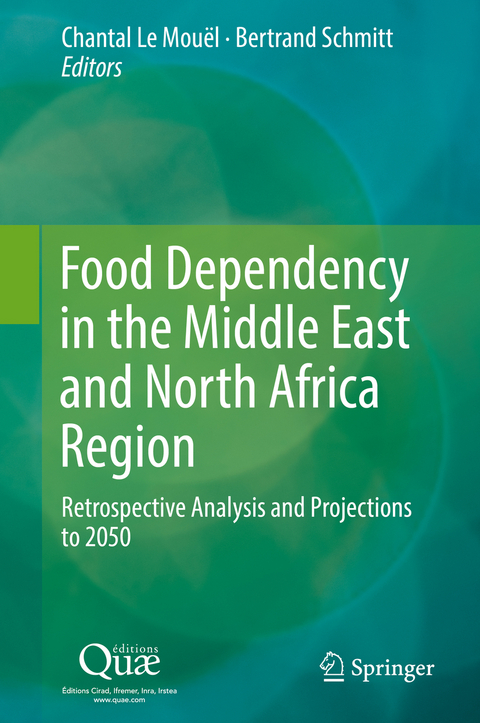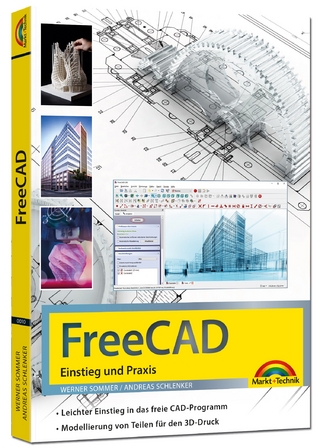
Food Dependency in the Middle East and North Africa Region
Springer (Verlag)
978-94-024-1562-9 (ISBN)
This volume covers the Middle-Eastern and North African regions who are increasingly dependent on imports from abroad for covering their domestic food needs. Results of this study show that this import dependence is likely to increase further by 2050. Some sub-regions hardly reach sustainable levels; the Maghreb, Near and Middle-East could import 60 to 70% of their food needs. These results are indicative whatever the considered scenario, but especially if climate change impacts become more severe.
The editors of this work are Chantal Le Mouël and Bertrand Schmitt
Foreword.- Introduction: A fragile region notable for its growing dependence on agricultural imports.- Chapter 1: Determinants of the growing food dependence (1961-2011).- 1. Food and agricultural demand: growing and changing in nature.- 2. Growth in agricultural production: limited by constraints affecting production factors.- 3. Growing need of agricultural imports.- 4. Imbalance between supply and demand: uncertainties for the future.- Chapter 2: By 2050, a possible strengthening of the regional dependence on agricultural imports.- 1. In 2050, the need for land would still exceed availability.- 2. Growing recourse to agricultural imports.- 3. Agricultural labour productivity could deteriorate.- 4. By 2050, strengthening of import dependence, notably in case of accentuated effects of climate change.- Chapter 3: Brakes and levers to reduce the dependence on imports in the Middle East-North Africa region.- 1. Alternative hypotheses on food consumption oftenlead to increased imports.- 2. Hypotheses for more favourable development of domestic supply.- 3. The effects of halving losses and waste in agricultural products.- 4. Which levers for reducing import dependence of the Middle East-North Africa region?.- Conclusion.- Bibliography.- Annex 1: The GlobAgri-Pluriagri model and database.- Annex 2: The composition of the 36 products and 17 geographical zones in GlobAgri-Pluriagri.
| Erscheinungsdatum | 20.09.2018 |
|---|---|
| Zusatzinfo | 29 Illustrations, color; 4 Illustrations, black and white; XIII, 123 p. 33 illus., 29 illus. in color. |
| Verlagsort | Dordrecht |
| Sprache | englisch |
| Maße | 155 x 235 mm |
| Themenwelt | Informatik ► Grafik / Design ► Digitale Bildverarbeitung |
| Naturwissenschaften ► Biologie ► Ökologie / Naturschutz | |
| Weitere Fachgebiete ► Land- / Forstwirtschaft / Fischerei | |
| Schlagworte | climate change • Food and Agricultural Systems • food security • Middle East and North Africa (MENA) • Projections to 2050 |
| ISBN-10 | 94-024-1562-9 / 9402415629 |
| ISBN-13 | 978-94-024-1562-9 / 9789402415629 |
| Zustand | Neuware |
| Informationen gemäß Produktsicherheitsverordnung (GPSR) | |
| Haben Sie eine Frage zum Produkt? |
aus dem Bereich


